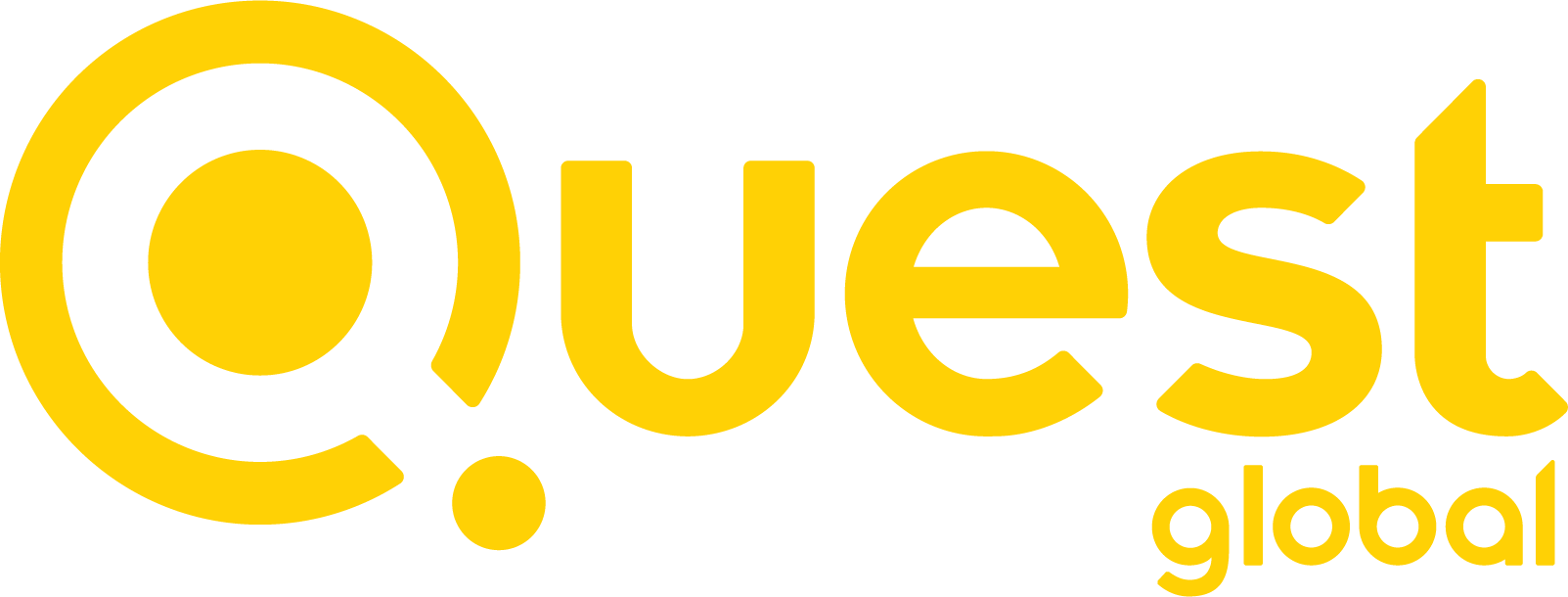Since 2011, the US military budget has been shrinking. At the same time, the Aerospace and Defense (A&D) sector witnessed a surge in global passenger traffic and demand for new aircraft due to environmental concerns.1 This led to an increase in demand for the commercial aviation sector. In the next 20 years, the demand across the manufacturing segment will cross $5.6 trillion.2
All these mean the original equipment manufacturers (OEMs) and the tier 1 suppliers should build up their Manufacturing, Designing, Prototype Testing and Certification, and Supply Chain Management capacities rapidly. They will also need highly talented and skilled workforce to sustain all these activities. Not all talent required by an organization will be for the long term. Hiring such talents as full-time employees becomes challenging. To overcome these challenges, an organization hires contract workforce. According to a survey, about 35 percent of an organization’s workforce comprises contract workers. This is seen as a key component to running a successful and profitable business, by about 95 percent organizations globally.3
However, every time an organization hires a talent on contract-basis, they repeat the process of screening, recruiting, onboarding, training, monitoring, and motivating the employee to deliver during the contract period. This leads to high capital expenditure due to repeat investment in the entire process. Companies developing engineered products face a huge drag in their product development cycle as the team waits through the entire process. This brings down the overall productivity of the team and increases the organization’s time-to-market.
By strategically outsourcing some of their tasks supporting core activities, or non-core tasks like Testing, Product Release, Design and Development, Engineering Analytics, Supply Chain Solution, and more to a reliable and competent partner, these OEMs and Tier 1 suppliers can improve their productivity and profitability.
Here is how?
Effectively manage resource augmentation – By shifting the onus of hiring staff for a required project to the outsourcing partner, OEMs and Tier 1 suppliers can easily scale up or down, or change their requirements. This cuts down on the time spent on hiring contract workforce and helps focus on more productive tasks.
Overcome lack of internal capabilities – Outsourcing partners often come with world-class infrastructure that they constantly upgrade to keep up with changing technologies. OEMs and Tier 1 suppliers can benefit from this by outsourcing projects to leverage these capabilities instead of building capabilities in-house.
Focus on core business requirements – By outsourcing non-core projects to the vendor, OEMs can dedicate their valuable resources and management to delivering outcomes on core projects. This improves their time-to-market.
Increase productivity through continuous improvement – Continuous monitoring of projects and progress reports enable OEMs to work continuously toward improving products and processes.
Enjoy cost benefits due to the local-global delivery model – Through the local-global delivery model, the outsourcing partner optimizes the combination of best practices, processes, methodologies, and skills with high-quality resources to deliver quality solutions to organizations globally. This helps them to minimize overall cost while delivering savings to their customers.
Author
Harpreet Wasan
Harpreet.wasan@quest-global.com
To know more: Connect
About the Authors
Harpreet Wasan
Harpreet Wasan is the Head of Quest Global’s APAC region. He has been with Quest Global since Jan 2015 and has over 19 years of global experience in the aerospace industry. He started his career in the Center for Non-Destructive Testing at Iowa State University and proceeded to work with Pratt & Whitney for the next 15 years. He worked in numerous leadership roles in engineering and operations. During his most recent assignment in Pratt & Whitney, Harpreet was the General Manager responsible for managing Next Generation Product Family partnerships (IHI, KHI, MHI, GKN, MTU, ITP & AVIO), ensuring the successful execution of all program objectives for delivery, quality & cost. Harpreet holds a Bachelor of Science degree in Aerospace Engineering and a Master of Science in Aerospace Engineering & Engineering Mechanics from Iowa State University as well as a Master of Science degree in Business Administration from Arizona State University.





